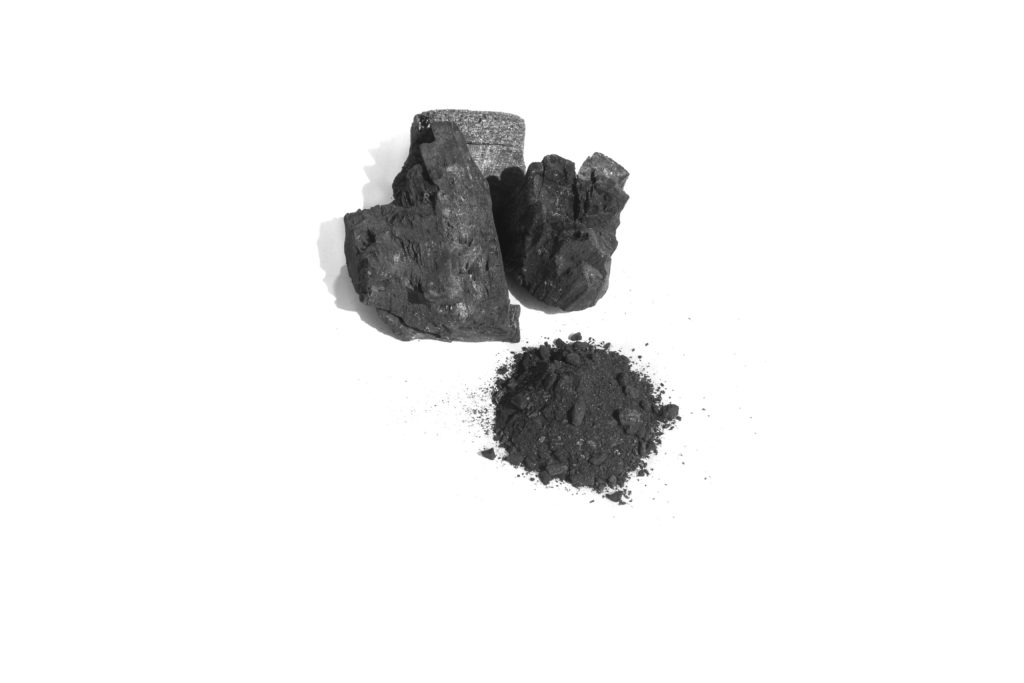Unless you have ever needed a specialty or replacement part, you may have never heard of carbon graphite. Carbon graphite is a material used for replacement and specialty parts because, when prepared properly, it offers wear resistance, high-temperature capabilities, self-lubricating properties, and the ability to be used with corrosive materials.

Carbon graphite components are most often made from two things: powders and binders. Powders consist of natural or synthetic graphite, petroleum coke, carbon black, or other forms of carbon. The common binder used is coal tar pitch.
When the powders and binders are mixed, they are moved into the next phase of production, which is molding or extrusion. There are several methods of molding, but the most common are iso-molding, extrusion, and compression molding. The type of molding or extrusion chosen is dependent on the end product being created.
When successful molding has taken place, the carbon graphite parts will then be baked. Baking is a vital part of the process because, up until this point, the binder is simply holding the powders together but not providing the strength carbon graphite parts are known for. This is where a very controlled, oxygen-free baking process is important, as it works to carbonize the binder and turn what is known as “green” material into a strong carbon graphite. Again, inspections are done constantly and baking temperatures are monitored closely to ensure a standardized product that will perform as expected.
Interestingly, as the green material is baked, a process known as outgassing will occur. This is a result of extreme baking temperatures and involves the hydrocarbons in the binder being driven out of the material. The result? Carbon graphite materials that are porous. The porous nature of the carbon allows manufacturers to impregnate it with other substances and create unique material characteristics. The type of impregnation will be determined by what the part will be used for, but it can combine characteristics such as strengthening, improving wear resistance, better heat and chemical resistance, and making the material impermeable.
How is Carbon Graphite Used?
Carbon graphite is used in the manufacturing of many different elements because it withstands dry running conditions and high temperatures and has good thermal and electrical conductivity. When impregnated with phenolic resin, metals, inorganic salt, or other materials, the applications become even more extensive.
Because of these properties, carbon graphite has many applications including but not limited to:
- Segmented seal rings
- Bearings and bushings
- Metal backed seal rings
- Mechanical seal faces
- Specialty parts
- Wear plates
- Washers
- Ball valve seats
Such a versatile material is sure to continue to be used in a growing number of applications now and in the future.
Why is Carbon Graphite A Great Choice for Specialty Parts?
If you have ever looked for a replacement part, you may have come across the opportunity to have it custom-made for you using carbon graphite. Carbon graphite is a great choice for specialty parts because it offers a combination of strength, hardness, and wear resistance while also offering natural lubricity.
The material is thermally stable and is a natural choice in both chemical and corrosive applications. Additionally, carbon graphite is a great choice for specialty parts because it can be impregnated with resins, metals, and oxidation inhibitors to make it even more versatile. With proper machining or manufacturing, it can be used to create even the most obscure, out-of-stock, or out-of-production parts that will stand the test of time.
ROC Carbon Can Provide All Your Carbon Graphite Parts
If you are looking for seals, bearings, bushings, or other carbon graphite parts, ROC Carbon Company would be pleased to work with you. Since 1956, our goal has been to provide our clients with the parts they need, to their exact specifications, in as little time as possible to minimize downtime.



